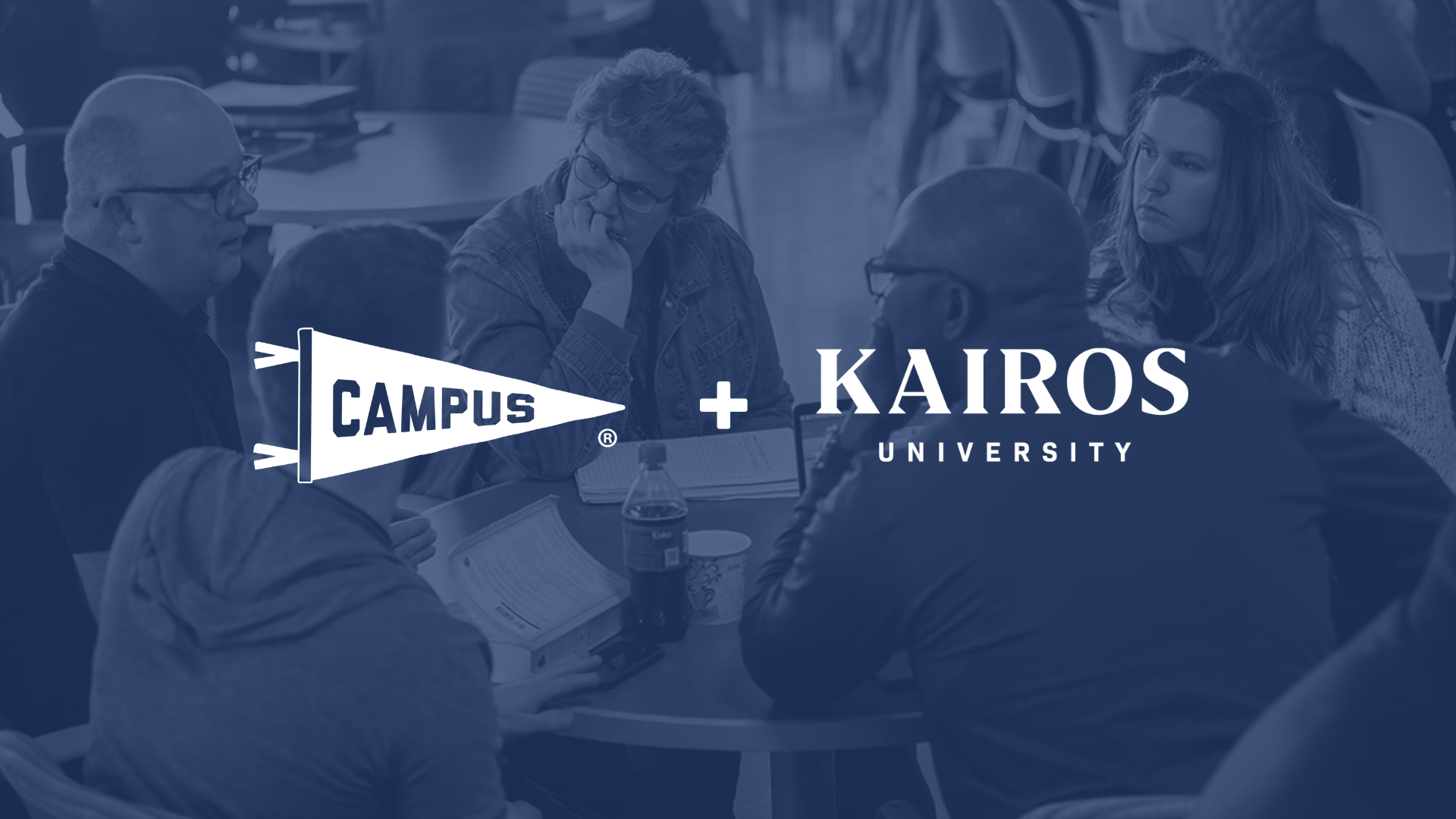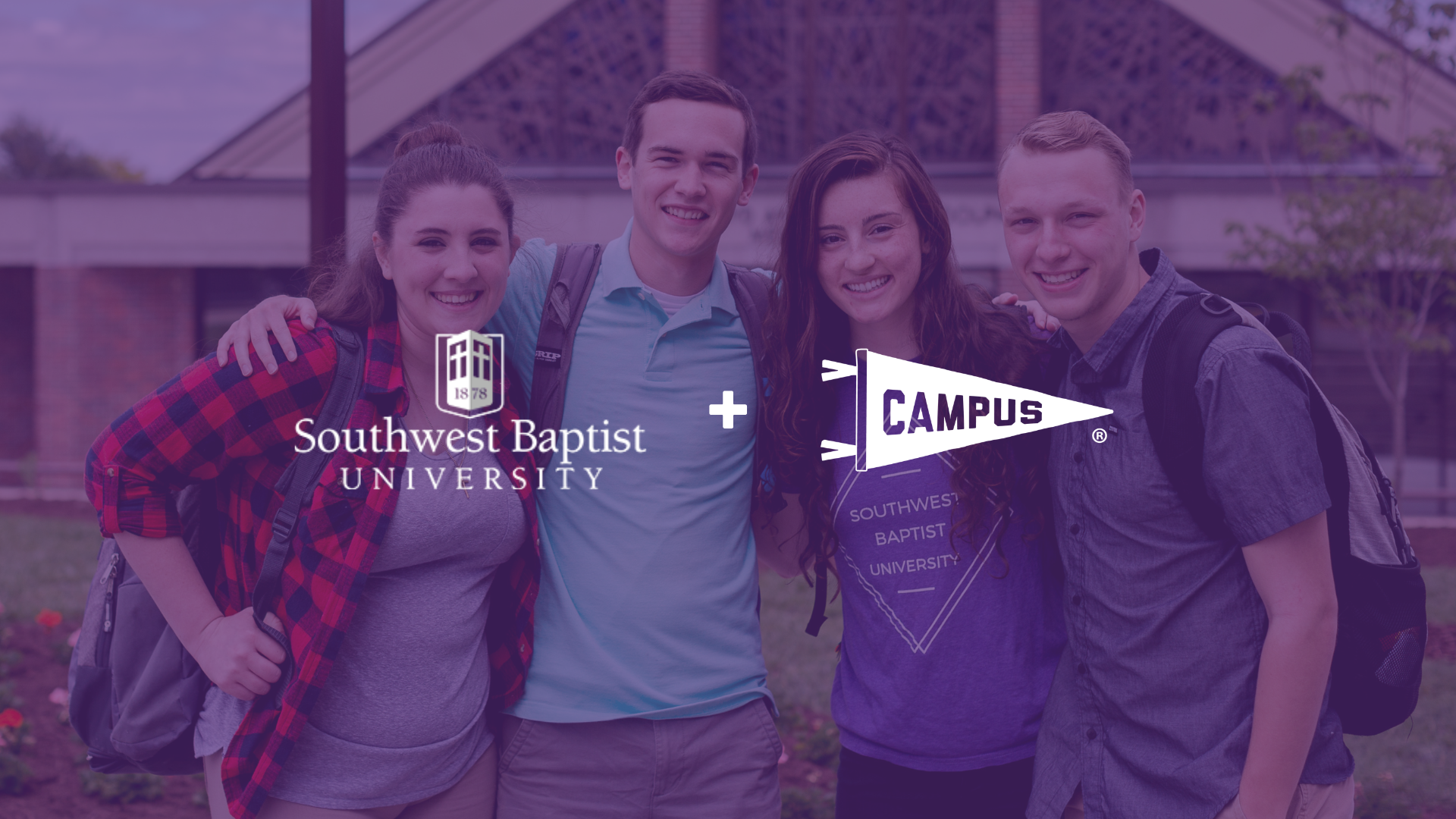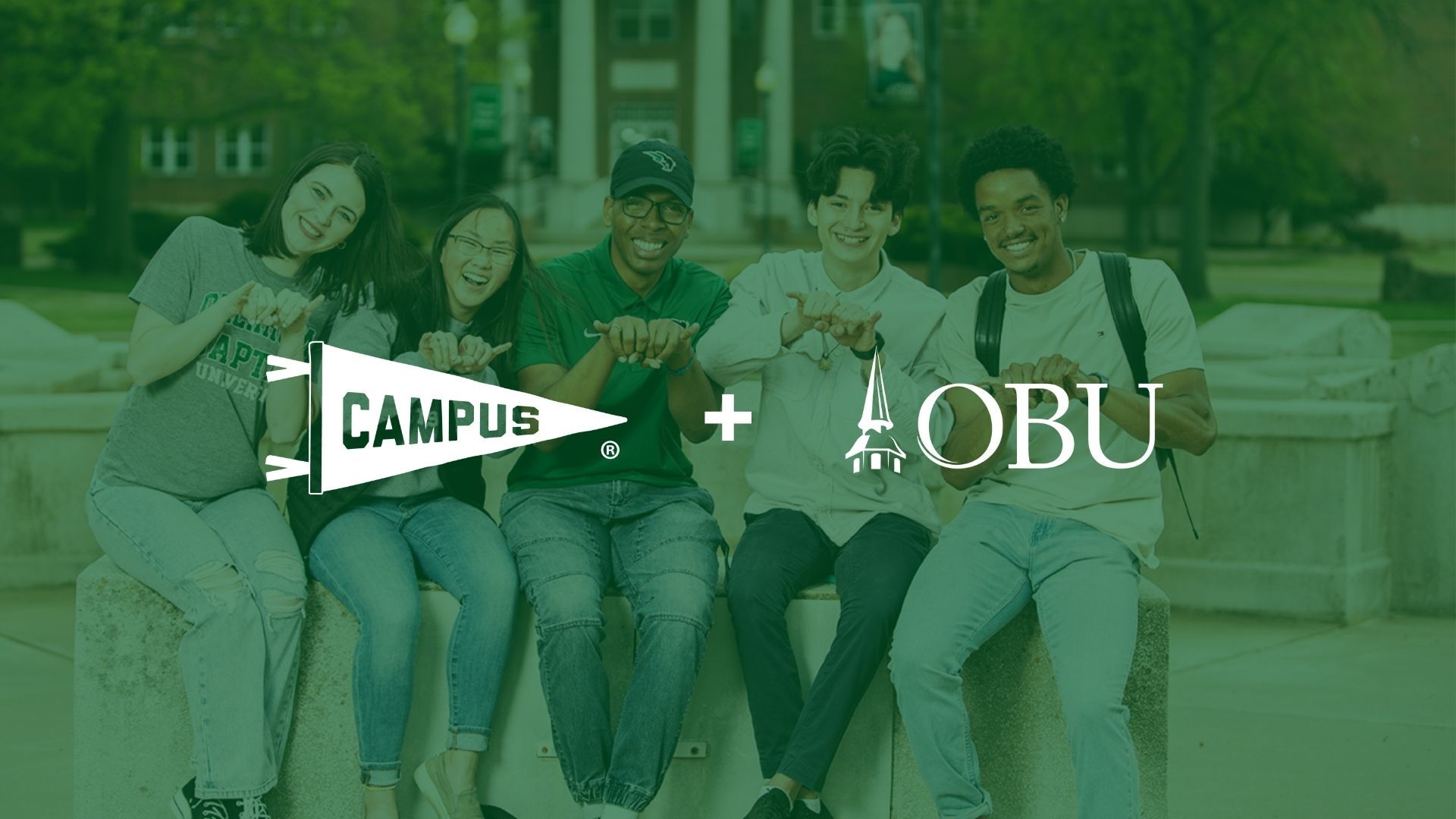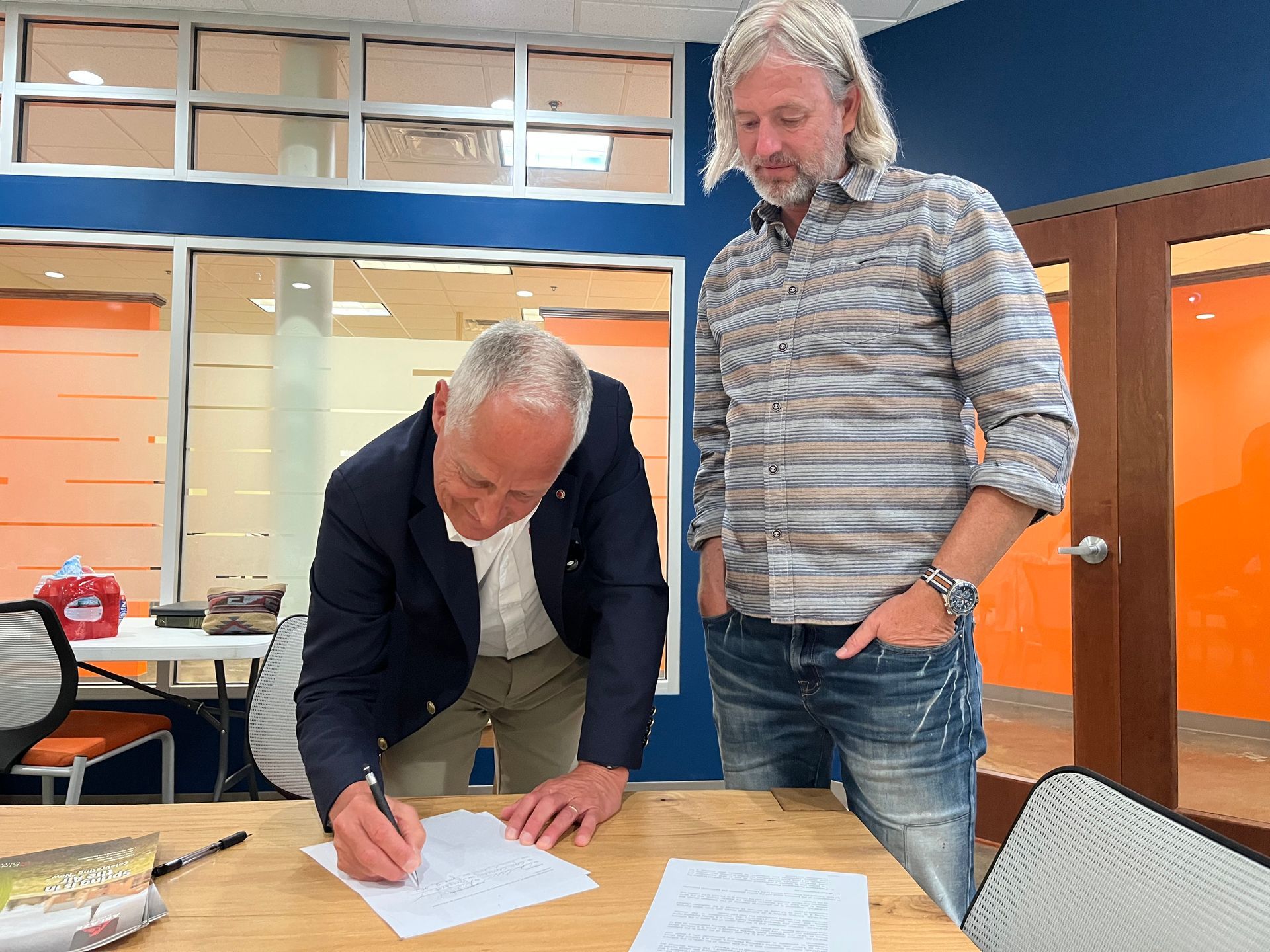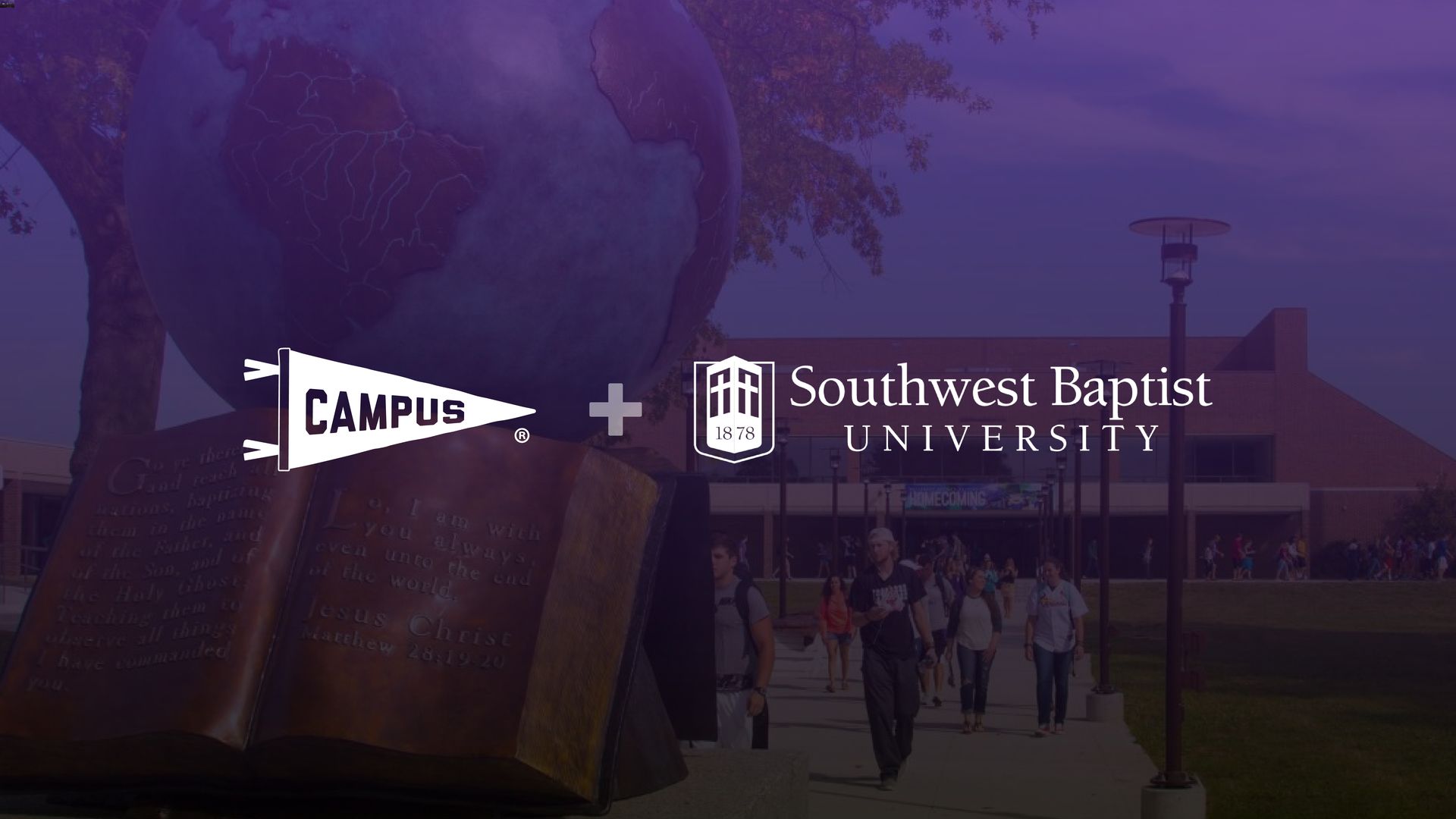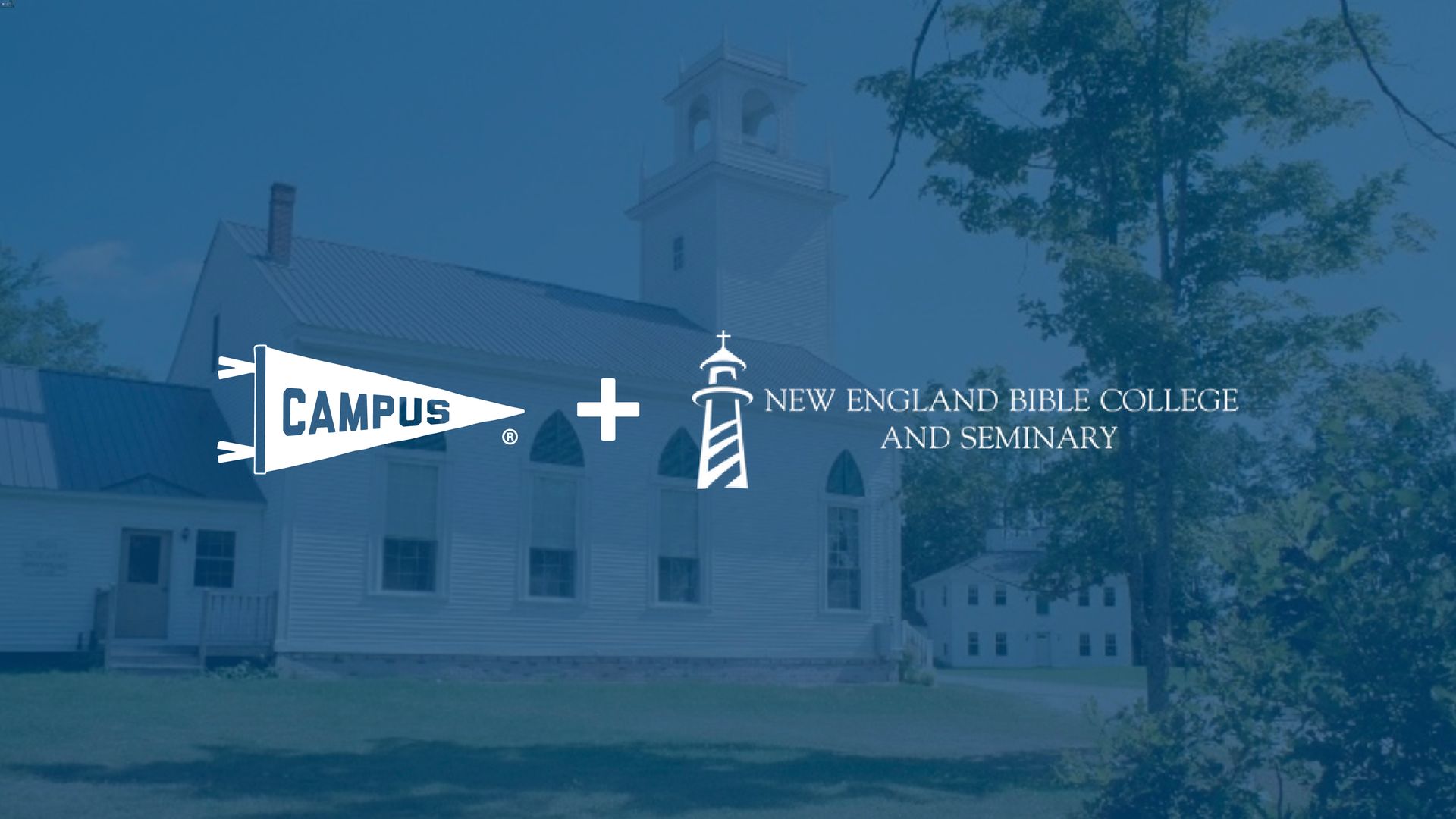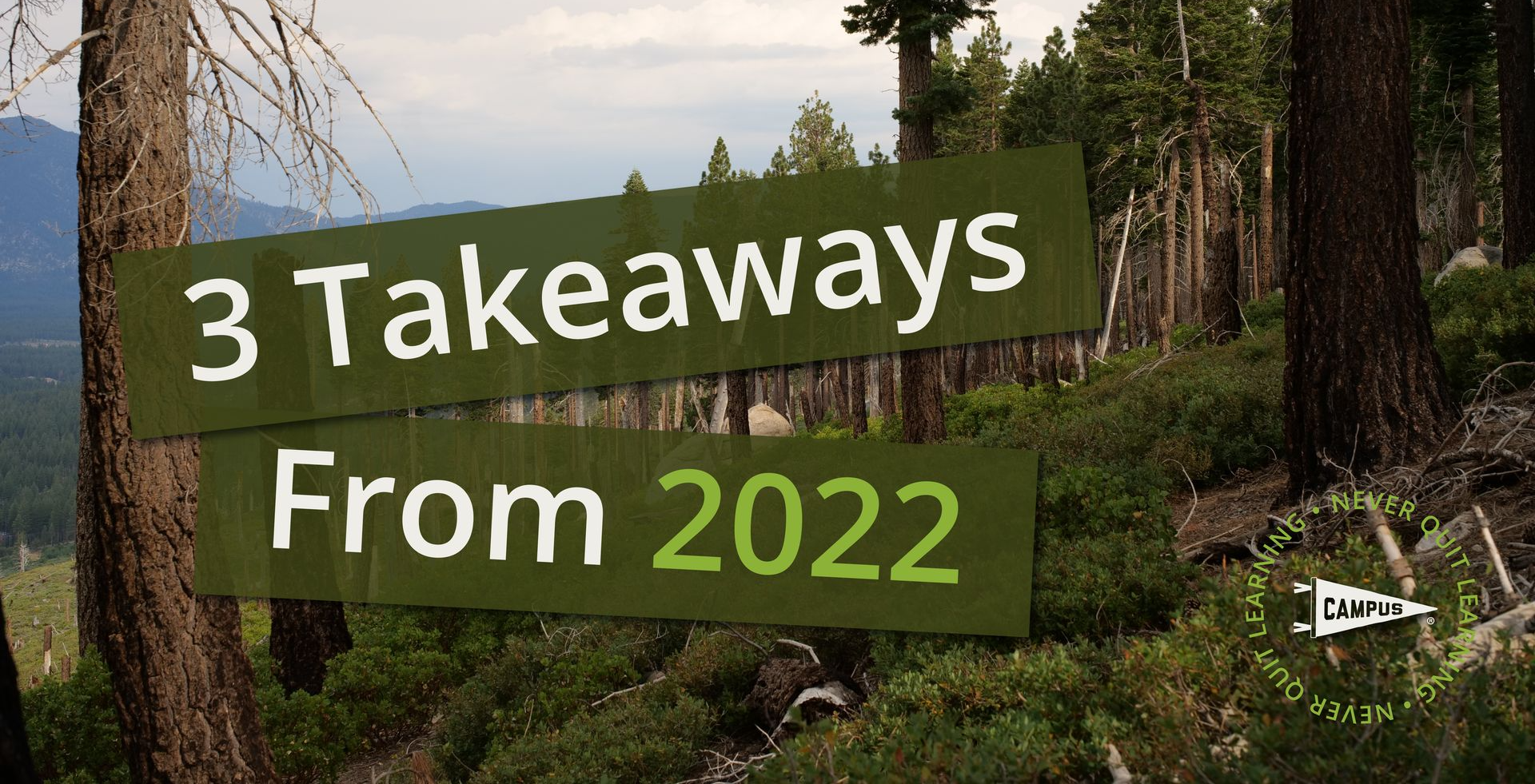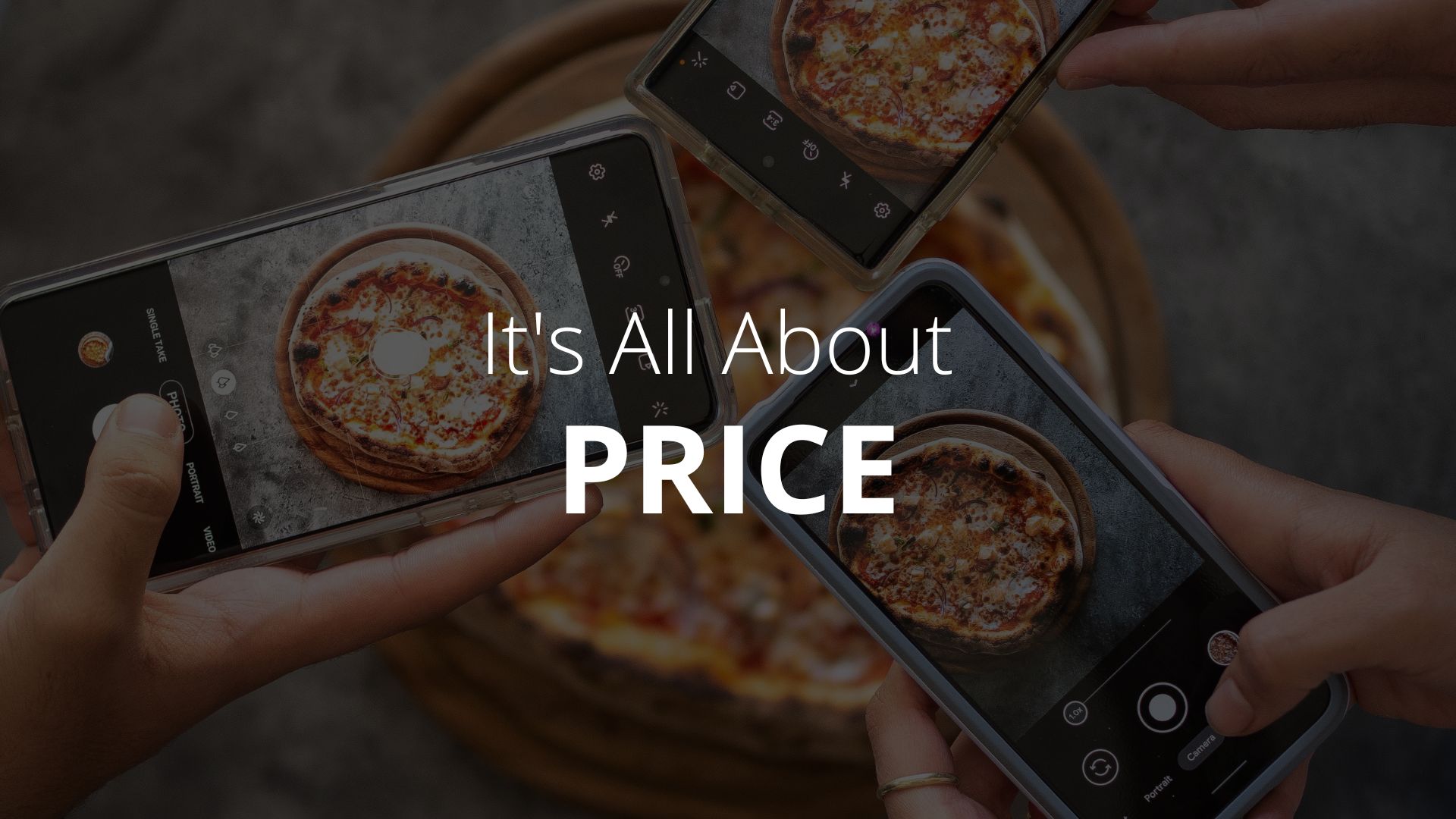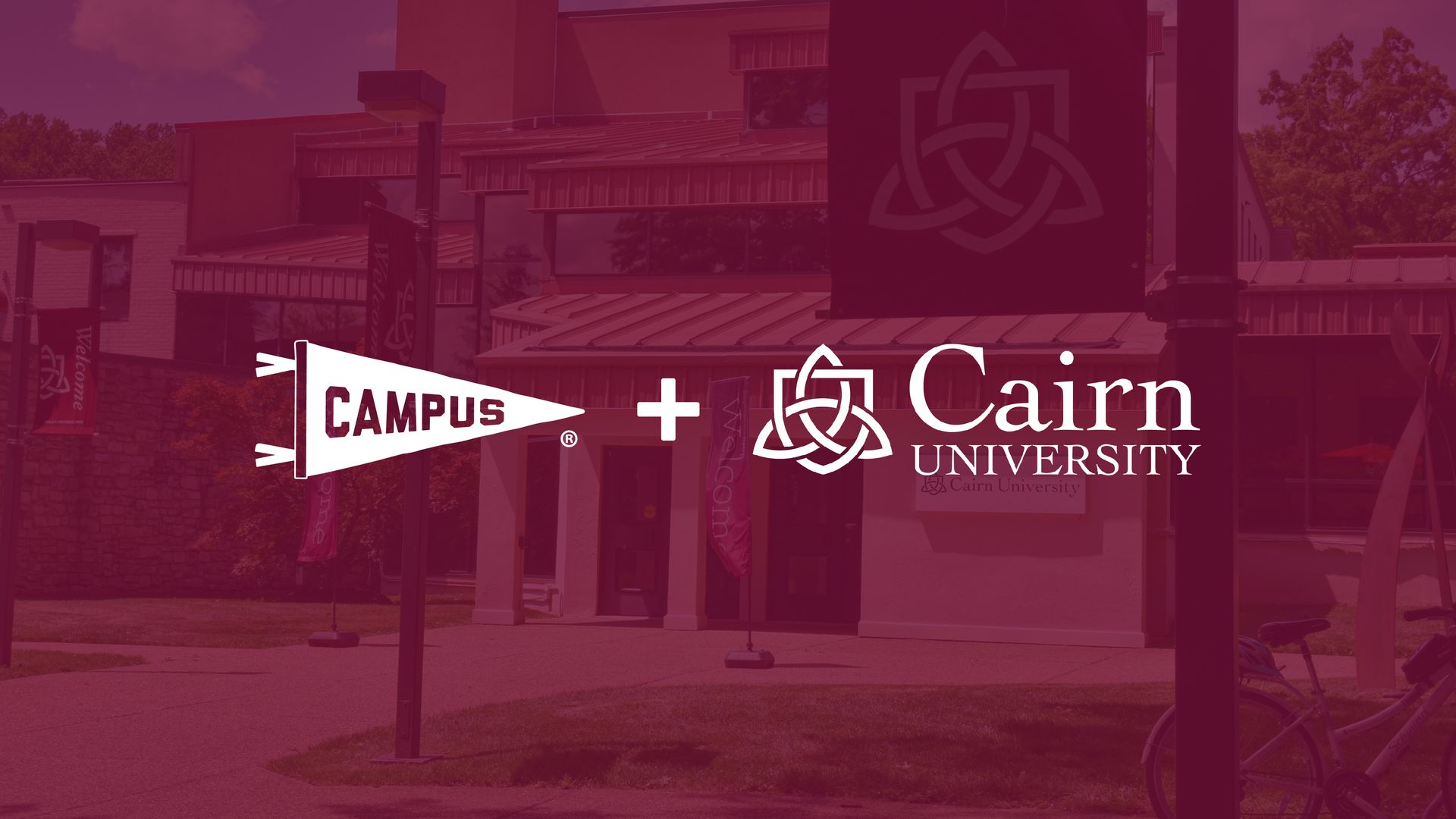Learner-centered Strategy: Program
Erin Crisp
January 25, 2022
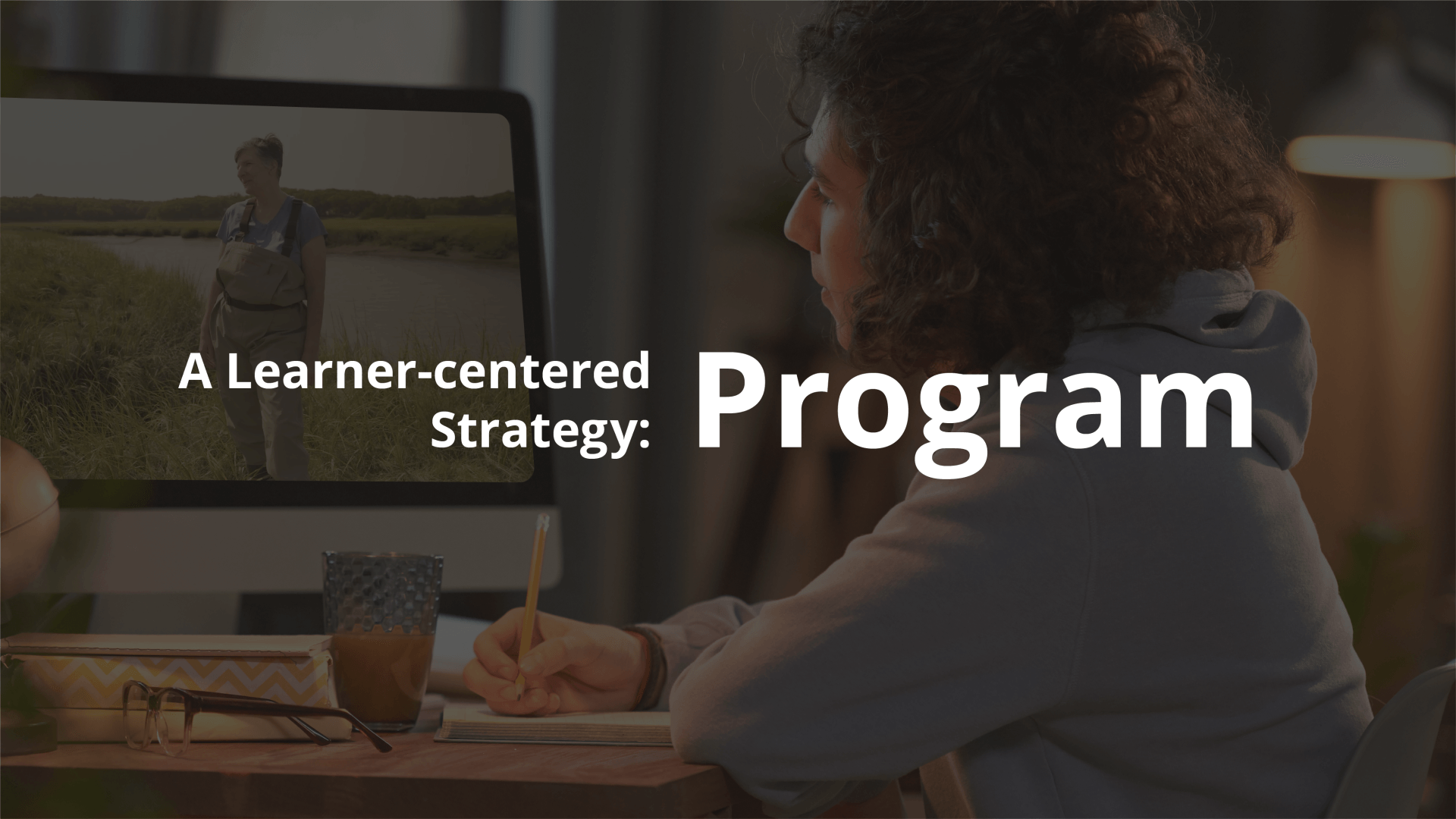
A Learner-centered Strategy: Program
Written by: Erin Crisp, Ed.D.
Flexible Programs
A learner-centered strategy should include flexible on-ramps and off-ramps for learning pathways and academic programs, yet many course credits “don’t count” as students start and stop programs of study. How many skills go unrecognized? How many spent tuition dollars fail to move the learner any closer to a credential? It seems that weekly there are announcements of colleges and universities that are investing in providing affordable or free access to online courses.1 A university strategy that includes creative on-ramps and off-ramps has a high probability of increasing enrollment. What do we know about flexible programs that continue to produce high-quality results?
Challenges of Online Programs
Critics of online-only learning commonly point to low degree completion rates and for-profit bad actors who have left millions of learners with loan debt and no degree. Harvard researchers Gabriele, Larned, and West2 summarize the challenges of online learning well. “Troublingly, research indicates that historically underrepresented students and students without strong academic preparation are most likely to struggle in an online-only environment. Online learners face a variety of unique challenges, from time-management issues to a lack of clear structure to lower engagement levels. First and foremost, however, online-only students often struggle with feelings of isolation and disconnection.” Additionally, “The central problem appears to be the lack of adequate personal interaction between students and instructors, as well as among students” (Baum & McPherson, 2019).3
Growth of Online Programs
Yet, even amidst the challenges, online program enrollment continues to grow at some schools. What factors lead to growth? We know the top two factors that lead to shrinking enrollment: 1) finances and 2) challenges balancing family commitments. Unsurprisingly, we see enrollment growth at schools that are more affordable and at schools that provide flexible modality options for the 70% of postsecondary learners who are classified as non-traditional.4 Many leaders are implementing programmatic changes that address the weaknesses of first-generation online models. Learners who need flexible options have many institutional choices, and it is clear that they are choosing the universities that prioritize learner-centered models.
Where is the Growth?
5
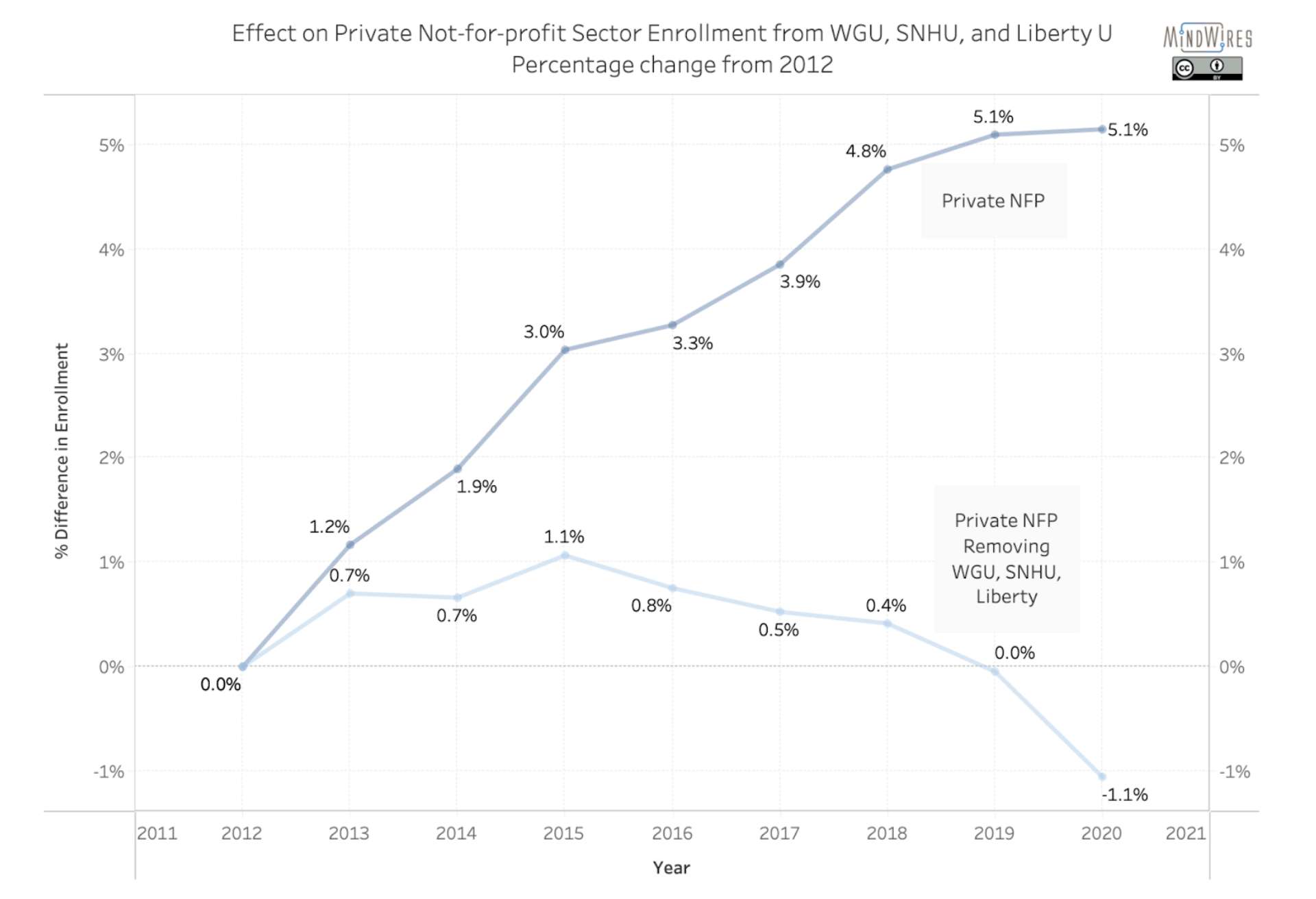
Private, not-for-profit college and university enrollment shows a 5.1% increase from 2012 to 2020. However, if the three biggest players are removed (Western Governors University, Southern New Hampshire University, and Liberty University), a distinctly different story emerges. Everyone except for these three has collectively experienced a 1.1% decline. The growth of WGU, SNHU, and LU should tell us something about the priorities of an increasing number of today’s learners. A 4-year pathway to an in-person bachelor's degree directly after high school is an increasingly rare priority for learners and their families. Continue to provide for this audience, but open the aperture of institutional focus to create on-ramps for learners with other needs and goals.
Five Approaches to Flexible Programs
There are many approaches to flexible programs that are made possible by online, learner-centered innovation at the institutional level. Here are a handful of ideas.
- Competency-based education. Is CBE a part of your institutional strategy to provide more flexible program delivery? C-BEN has a wealth of resources on this important delivery philosophy. The model has academic and consumer value when implemented well. Launch a CBE program with courses on the Campus platform.
- The 60-year Curriculum. Some learners want to intersperse seasons of study with seasons of work as described in the research around the 60 Year Curriculum. For a productive workforce and healthy middle class, people need to prepare for a lifetime of “repeated occupational change and transition.” Launch a lifetime approach to learning with courses from the Campus platform.
- Stackable Credentials. For the learner who doesn’t have a lot of motivation or time for a full college degree, a shorter path that leads to a desirable job is attractive. For example, an Amazon Web Services (AWS) certificate online takes 3-4 months to complete and costs approximately $150. Arizona State is offering a free 5 course sequence that stacks into a credential upon matriculation.6 Colleges are rapidly incorporating these short-form credentials into their program offerings. Partner with Campus to create on-ramps from online courses to credentials at your institution.
- Programmatic MOOC Options. Institutions and MOOC platforms team up to offer Bachelors degrees built around shared MOOC courses. Launch a new degree program or major using online courses offered by a consortium of schools on the Campus platform. Launch new academic options to attract new learners.
- High-impact practices (HIPs). High-impact practices- HIPs are well-researched by AAC&U, and they effectively help students persist to completion. Partner with Campus instructional designers, and use the Campus Learn platform to offer HIPs to your students through a Campus Unlimited membership.
Learner-centered, flexible academic programs that incorporate modality choices, stackable credentials, CBE, and options for interspersed internships are increasingly attractive to today’s learners. Many of these initiatives address the challenges of online programs mentioned earlier.
What’s Your Strategy?
Why is your institution engaging in online learning? Have you prioritized learner-centered programs and practices? An online learning partner like Campus can consult with you to affordably make your online strategy a reality. Without start-up costs or the need to hire people, we can scalably partner with you to create flexible learning pathways for new populations of learners.
1https://www.wsj.com/articles/arizona-state-university-looks-to-enroll-100-million-more-students-
2 https://www.hks.harvard.edu/sites/default/files/Taubman/PEPG_Duet-SNHU%20Working%20
3 https://www.semanticscholar.org/paper/The-Human-Factor%3A-The-Promise-%26-Limits-of-Online-
Baum-McPherson/dc7e427180440c71be3038d8938e67abbaecc93b
4 https://www.hks.harvard.edu/sites/default/files/Taubman/PEPG_Duet-SNHU%20Working%20
5 https://us20.campaign-archive.com/?u=13aed88a97949408dde781173&id=c5beddc3d5
6 https://www.wsj.com/articles/arizona-state-university-looks-to-enroll-100-million-more-students-by-
The Campus Blog
